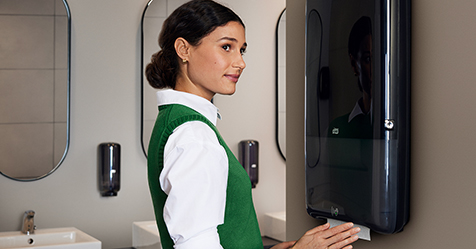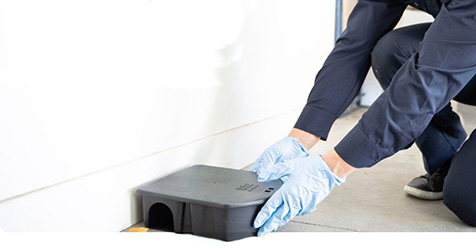Decline in Employee Engagement Linked to Leadership
Less than one-third of employees are engaged in their work.
As of midyear, Gallup data showed less than one-third (32%) of employees are engaged in their work—a stagnation that points to deeper organizational challenges.
Leading organizations have increased in complexity with transitions to hybrid and remote work, rapid organizational change, new customer and employee experience expectations, inefficient performance management practices, and changes in technology.
Since 2000, Gallup has used employee engagement surveys to track and measure U.S. engagement in the workplace. In the decade following the 2008 global economic crisis, engagement climbed steadily, peaking at 36% in early 2020. Then came the pandemic, and with it, the Great Resignation. Since 2021, engagement has generally declined, hitting an 11-year low of 30% in 2024.
With the cost of disengagement in the U.S. now at approximately US$2 trillion in lost productivity, Gallup’s latest research sheds light on why engagement is important on a macro scale:
- 47% of employees strongly agree that they know what is expected of them at work.
- 31% strongly agree that someone at work encourages their development.
- 32% feel strongly connected to their organization’s mission or purpose.
- 28% strongly agree that their opinions count at work.
Further complicating things, fewer than one in five employees (19%) are extremely satisfied with their employer as a place to work, and most (51%) are still actively looking or keeping an eye out for job openings elsewhere.
To understand the gap between what organizations do and what employees need, Gallup asked employees what is missing from their work experience that would make them feel more connected to their employer. Their responses fell into four core themes affecting workplace engagement: A Sense of Belonging, Autonomy, Wellbeing, and Values.
Thirty-two percent describe their workplace as isolated or impersonal, lacking the conditions that help people feel emotionally connected to their teams. For Gen Z workers (44%) and remote employees (41%), the lack of cohesion is even more stark.
Over a quarter (29%) said they lack clear, honest, or consistent communication from leaders. Employees want transparent leadership, visibility, and two-way trust; not top-down directives in isolation. A quarter of employees said their organizations underinvest in people, pay, tools, and staffing.
Gallup’s global research shows that the No. 1 thing employees want from leaders is hope, which means having a clear vision of the future and their role in it. For leaders genuinely asking how to engage employees, hope isn’t vague optimism. It comes from clarity, consistency, coaching and credibility, and is a foundation of successful employee engagement programs.

